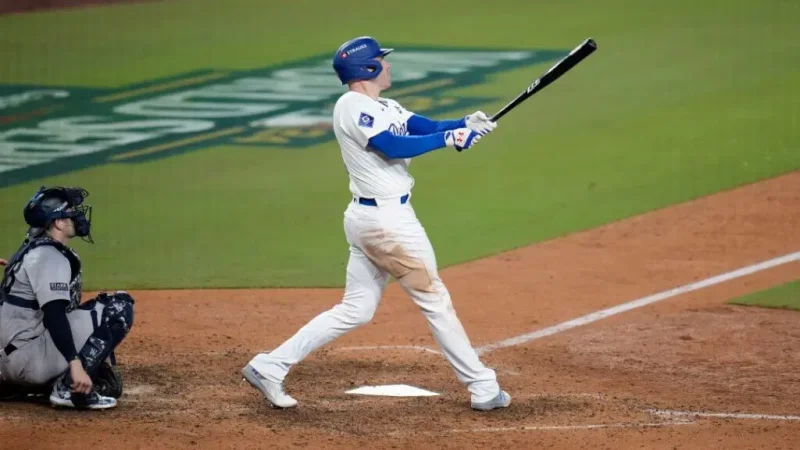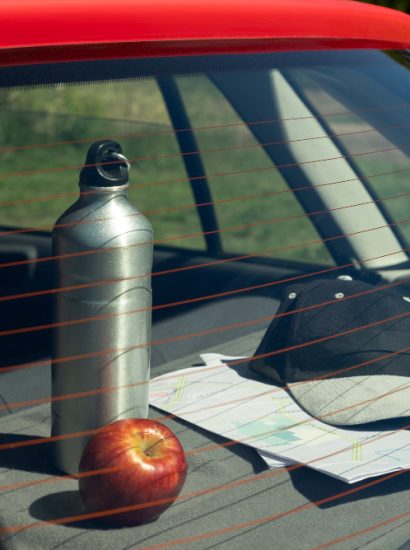A grand slam is one of the most thrilling plays in baseball, capable of changing the course of a game in an instant. Whether you’re a lifelong baseball fan or just getting into the sport, understanding the significance of a grand slam will deepen your appreciation for the game.
But what exactly is a grand slam in baseball? In this guide, we’ll explore the meaning of a grand slam, its history, record-breaking moments, and the best grand slam hitters of all time.
What is a Grand Slam in Baseball?
A grand slam occurs when a batter hits a home run with the bases loaded, scoring four runs on a single play. This is the highest-scoring offensive play in baseball and often a game-changing moment.
Key Requirements for a Grand Slam:
- Bases must be loaded (runners on first, second, and third base).
The batter must hit a home run, meaning the ball clears the outfield fence in fair territory.
The batter and all three runners score, making it a four-run play.
Example: If a team is losing 5-2 and a player hits a grand slam, the score becomes 6-5—a huge momentum shift!
History of the Grand Slam
The term “grand slam” originated from bridge and other card games, where it refers to winning all tricks in a hand. In baseball, the term became popular in the late 19th century, as the home run became a more frequent and celebrated play.
The first recorded grand slam in Major League Baseball (MLB) history was hit by Roger Connor on September 10, 1881, while playing for the Troy Trojans.
Fun Fact: Babe Ruth, one of baseball’s greatest legends, hit 16 grand slams in his career!
Why is a Grand Slam Important?
Maximum Scoring Impact
A grand slam scores four runs, making it the most valuable offensive play in baseball.
Game-Changing Moment
- A grand slam can instantly erase a deficit or extend a team’s lead.
- It often sparks momentum shifts and excites both players and fans.
High-Level Skill Required
- The batter needs precision, power, and timing to hit a grand slam.
- Pitchers usually try to avoid giving up grand slams by throwing low-risk pitches.
Did You Know? The odds of hitting a grand slam are less than 1% in a typical MLB game!
Famous Grand Slam Moments in Baseball History
Fernando Tatis Sr. (1999) – Two Grand Slams in One Inning!
Team: St. Louis Cardinals
Opponent: Los Angeles Dodgers
Historic Feat: Tatis became the only MLB player to hit two grand slams in a single inning—both off the same pitcher!
Robin Ventura’s “Grand Slam Single” (1999)
Team: New York Mets
Opponent: Atlanta Braves
Strange but True: Ventura hit a walk-off grand slam, but his teammates celebrated so hard that he never touched all the bases—so it was ruled a “grand slam single.”
Kirk Gibson’s World Series Grand Slam (1988)
Team: Los Angeles Dodgers
Opponent: Oakland Athletics
Legendary Moment: Gibson, injured and limping, hit a dramatic pinch-hit grand slam, leading the Dodgers to victory in the 1988 World Series.
Grand Slam Records in MLB
Most Career Grand Slams (MLB History)
| Player | Grand Slams | Career Years |
| Alex Rodriguez | 25 | 1994–2016 |
| Lou Gehrig | 23 | 1923–1939 |
| Manny Ramirez | 21 | 1993–2011 |
| Eddie Murray | 19 | 1977–1997 |
| Willie McCovey | 18 | 1959–1980 |
Alex Rodriguez holds the all-time MLB record with 25 grand slams!
How Grand Slams Impact a Team’s Success
Boosts Team Morale
A grand slam energizes a team and the fans, creating momentum that can carry through the entire game.
Increases Win Probability
Teams that hit grand slams often turn losses into wins, especially in close games.
Puts Pressure on Opponents
When a team scores four runs in one swing, it can demoralize the opposing pitcher and defense.
How to Increase Grand Slam Opportunities
Get Runners on Base
Teams with high on-base percentages (OBP) create more chances for grand slams.
Target Power Hitters in Bases-Loaded Situations
Managers often position their best power hitters in the lineup to maximize grand slam chances.
Take Advantage of Weak Pitching
Grand slams often happen when pitchers struggle with control, leading to bases-loaded situations.
Conclusion
A grand slam in baseball is one of the most thrilling, game-changing plays that can turn a game around in an instant. Whether it’s a historic moment like Tatis’ double grand slam or a walk-off grand slam in the playoffs, these rare four-run homers leave a lasting impact on fans and the history of the sport.
Next time you watch a baseball game, keep an eye out for the bases-loaded moment—you might just witness a grand slam!
FAQs
1. How rare is a grand slam in baseball?
Grand slams occur in about 1 out of every 1,500 plate appearances, making them one of the rarest and most exciting plays in the game.
2. Can a grand slam happen in extra innings?
Yes! A grand slam can occur in any inning, including extra innings, and can even be a walk-off grand slam if it wins the game.
3. Has anyone hit multiple grand slams in one game?
Yes! 12 MLB players have hit two grand slams in a single game, but only Fernando Tatis Sr. hit two in the same inning.
4. Can a grand slam be inside-the-park?
Yes, but it’s extremely rare! An inside-the-park grand slam happens when a batter hits a ball in play and scores all four runs before being tagged out.
5. Are grand slams more common in certain ballparks?
Yes! Ballparks with shorter fences and hitter-friendly dimensions see more grand slams than those with deep outfields.
Also read: Animals in the Arctic: 10 Astonishing Species You Need to Know









